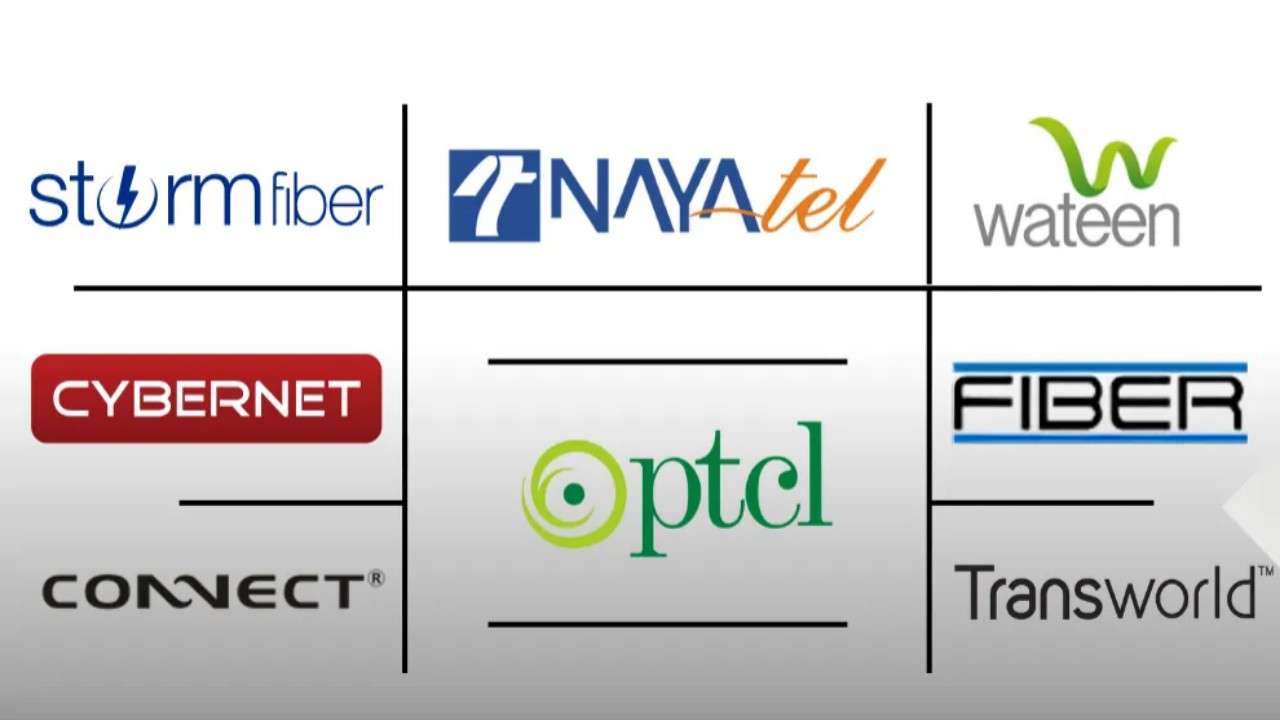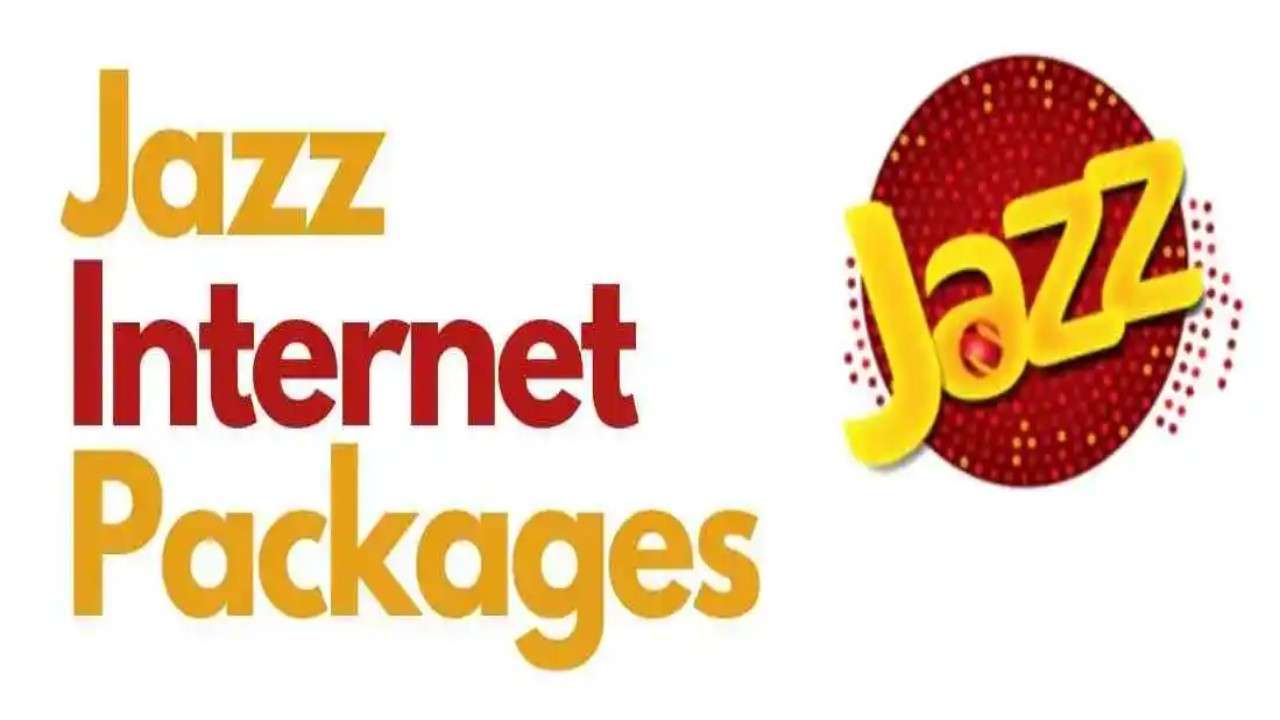Hey there! If you’re reading this, you’re probably fed up with buffering videos, dropped Zoom calls, or slow downloads that make you want to pull your hair out. Trust me, we’ve all been there—whether you’re in Karachi’s bustling Clifton or Lahore’s lively Gulberg, a solid internet connection is a must. In Pakistan, where we’re juggling work-from-home, online classes, binge-watching dramas on Netflix, and late-night PUBG sessions, having reliable internet isn’t just nice—it’s essential. But with so many options out there, how do you pick the best one? Don’t worry, I’ve got you covered. Let’s dive into the world of internet service providers (ISPs) in Pakistan, break down the options, prices, and availability, and figure out what’s worth your hard-earned rupees in 2025.
Why does this matter? Well, for most of us, budget is a big deal. We want fast internet that doesn’t cost an arm and a leg, especially when you’re splitting bills with roommates or running a small business from home. Plus, Pakistanis love staying connected—whether it’s video-calling family abroad, streaming cricket matches, or shopping deals on Daraz.pk. So, let’s talk about the top ISPs, their plans, where they work best, and some tips to make sure you’re getting the most bang for your buck.
The Big Players: Who’s Running the Show?
Pakistan’s internet scene has come a long way since the dial-up days (remember that screeching modem sound?). Today, we’ve got over 140 million internet users, and fiber-optic connections are popping up everywhere, especially in cities like Karachi, Lahore, Islamabad, and Faisalabad. Here’s a rundown of the major ISPs you’ll come across:
PTCL: The OG of Internet in Pakistan
Pakistan Telecommunication Company Limited (PTCL) is like that one friend who’s always around, no matter where you go. It’s the biggest ISP in the country, available in over 200 cities, from Karachi’s DHA to Sialkot’s busy markets. PTCL’s got everything from old-school DSL to fancy fiber-to-the-home (FTTH) connections. Their plans start at around PKR 1,799 for 15 Mbps (perfect for basic browsing and streaming) and go up to PKR 7,999 for 100 Mbps, which is great for heavy users like gamers or small offices.
Why PTCL? It’s super accessible, even in smaller cities like Gujranwala or Sheikhupura. Plus, they’ve got their own undersea cables, so their backbone is solid. But here’s the catch: their copper-based DSL can be hit-or-miss, especially in older neighborhoods where wiring’s a bit iffy. If you’re in a “transformed” PTCL exchange area (like parts of Lahore’s Gulberg or Karachi’s Gulshan), you might get VDSL or fiber, which is way faster. Check their website (ptcl.com.pk) to see what’s available in your area.
Downsides? Customer service can be a hassle—think long wait times and technicians who show up late (or not at all). Also, PTCL’s been called out for anti-competitive practices in the past, which can limit options in some areas. Still, for affordability and reach, it’s hard to beat.
StormFiber: The Speed King
If you’re in Karachi, Lahore, Faisalabad, or Multan, you’ve probably heard of StormFiber. Powered by Cybernet, they’re all about fiber-to-the-home, which means super-consistent speeds compared to traditional broadband. Their plans start at PKR 2,999 for 10 Mbps and go up to PKR 7,999 for 30 Mbps, with some areas offering even higher speeds.
Why StormFiber? It’s reliable, especially for streaming HD content or gaming. Their customer support is decent (way better than PTCL’s, according to most users), and they offer triple-play packages (internet, TV, and phone) for families who want it all. For example, in Karachi’s Defence or Lahore’s Johar Town, StormFiber’s 20 Mbps plan (around PKR 4,999) is a hit for households with multiple devices.
Downsides? They’re not everywhere. If you’re outside major cities or in less posh areas, you might be out of luck. Also, their installation fees (around PKR 5,000) can sting if you’re on a tight budget.
FiberLink: Affordable and Fast
FiberLink is another fiber-optic player making waves, especially in Karachi, Lahore, Hyderabad, and parts of Rawalpindi. They’re known for budget-friendly plans, starting at PKR 1,500 for 12 Mbps and going up to PKR 4,800 for 200 Mbps. Bonus: speeds double at night (2:30 AM to 9:00 AM), which is awesome for night owls downloading movies or updates.
Why FiberLink? Their prices are hard to beat, and they’re great for small businesses or students who need fast internet without breaking the bank. In Karachi’s Saddar or Lahore’s Model Town, FiberLink’s 40 Mbps plan (PKR 2,500) is a solid pick for medium-sized households.
Downsides? Their coverage is still growing, so they’re not as widespread as PTCL. Also, some users report occasional outages, so check reviews in your area before signing up.
Nayatel: The Premium Choice
Nayatel is the go-to for those who want top-notch service, but it’s only available in Islamabad, Rawalpindi, Peshawar, and Faisalabad. Their FTTH network is one of the best, with plans starting at PKR 2,099 for 10 Mbps and going up to PKR 6,999 for 50 Mbps.
Why Nayatel? It’s super reliable, with minimal downtime and excellent customer support. If you’re in Islamabad’s F-7 sector or Faisalabad’s People’s Colony, Nayatel’s 20 Mbps plan (around PKR 3,499) is perfect for heavy streaming or remote work.
Downsides? It’s pricey compared to FiberLink, and if you’re in Karachi or Lahore, you’re out of luck. Also, their plans don’t include TV or phone services, so it’s internet-only.
Starlink: The New Kid on the Block
Okay, let’s talk about the shiny new toy—Starlink. Launched in Pakistan in 2025, it’s a game-changer for remote areas where PTCL or fiber ISPs don’t reach. Monthly plans range from PKR 6,800 to PKR 28,000, but the kicker is the hardware fee: a hefty PKR 97,000 upfront.
Why Starlink? It’s perfect for rural areas or places with shaky infrastructure, like parts of interior Sindh or northern Punjab. Speeds can hit 100–200 Mbps, which is insane for remote locations.
Downsides? That price tag is a dealbreaker for most Pakistanis. Unless you’re in a village with no other options, it’s hard to justify the cost.
What Should You Look for in an ISP?
Picking the right internet isn’t just about speed—it’s about what fits your life. Here’s what to consider:
- Budget: Most of us are counting every rupee, especially with inflation these days. If you’re a student in Lahore’s Samanabad or a freelancer in Karachi’s North Nazimabad, FiberLink’s PKR 1,500 plan might be your best bet. Families or businesses might lean toward PTCL or StormFiber for higher speeds.
- Availability: Not every ISP is available everywhere. PTCL’s your safest bet for widespread coverage, but check StormFiber or FiberLink’s websites for your area. For example, StormFiber’s big in Lahore’s DHA but spotty in older areas like Anarkali.
- Speed Needs: Streaming YouTube or dramas on Netflix needs at least 10–15 Mbps for one device. If you’ve got a house full of gamers, Zoom calls, and smart TVs, go for 30 Mbps or higher. Gamers in Karachi’s Gulistan-e-Johar swear by StormFiber’s 30 Mbps for low ping in PUBG.
- Reliability: Fiber-optic ISPs like StormFiber, FiberLink, and Nayatel are generally more stable than PTCL’s DSL. If you’re running an online store on Daraz.pk, you can’t afford random outages.
- Customer Support: Let’s be real—nobody loves calling customer service. Nayatel and StormFiber get better reviews here, while PTCL’s support can feel like a trip to a government office.
City-Specific Picks: Karachi vs. Lahore
Karachi
Karachiites, you’ve got options. PTCL is everywhere, from Korangi to Clifton, with affordable DSL plans starting at PKR 1,799. If you’re in upscale areas like Defence or Gulshan, StormFiber’s 20 Mbps (PKR 4,999) is a crowd favorite for its reliability. FiberLink’s also a strong contender, especially in Saddar or North Karachi, with their 40 Mbps plan at PKR 2,500. If you’re in a remote area like Malir, Starlink might be worth considering, but only if you can stomach the PKR 97,000 hardware cost.
Pro Tip: Check FiberLink’s night-speed doubling for late-night downloads—perfect for Karachi’s night owls.
Lahore
In Lahore, PTCL dominates areas like Mughalpura or Shadbagh, with VDSL plans (12 Mbps for PKR 2,999) if you’re in a transformed exchange. StormFiber’s big in posh spots like Gulberg or Model Town, with 20 Mbps at PKR 4,999. FiberLink’s expanding here too, offering 100 Mbps for PKR 4,000 in areas like Johar Town. Nayatel’s not available, so don’t get your hopes up.
Pro Tip: If you’re in Lahore and PTCL’s DSL is slow, ask about their “transformed” packages at your local exchange. Some users in Gulberg reported upgraded VDSL cards recently.
Practical Tips to Get the Best Internet Experience
- Check Availability First: Before you get excited about FiberLink’s cheap plans or Nayatel’s premium service, visit their websites (like fiberlink.pk or stormfiber.pk) and enter your address. PTCL’s coverage checker on ptcl.com.pk is super handy too.
- Read Local Reviews: ProPakistani.pk and social media groups on X are goldmines for real user feedback. For example, Karachi users on X often praise StormFiber’s consistency but complain about PTCL’s spotty DSL in older areas.
- Negotiate Installation Fees: Some ISPs, like FiberLink, offer discounts if you pay for a year upfront. Others might waive installation fees during promos—keep an eye on Daraz.pk or ProPakistani for deals.
- Test Your Speed: Once you’re connected, use speedtest.net to make sure you’re getting the promised speeds. If not, call your ISP pronto.
- Consider Mobile Broadband as Backup: If fixed-line internet isn’t reliable in your area, Jazz’s 4G plans (starting at PKR 1,000 for 50 GB) are a solid backup, especially in cities.
Why This Matters to Pakistanis
Internet isn’t just about scrolling X or watching TikToks—it’s about staying connected in a fast-moving world. For students in Lahore attending online classes, a slow connection can mean missing lectures. For freelancers in Karachi, reliable internet is the difference between landing a gig on Upwork or losing a client. And let’s not forget our love for cricket—nobody wants to miss a live stream of Babar Azam smashing a six because of buffering. Plus, with online shopping on Daraz.pk booming, a good connection makes snagging those flash-sale deals a breeze.
Budget matters too. With prices for everything from petrol to parathas going up, finding an ISP that delivers value is key. That’s why FiberLink’s affordable plans or PTCL’s widespread coverage are so popular—they fit our wallets and our needs.
The Final Verdict: Which One’s the Best?
There’s no one-size-fits-all answer, but here’s a quick guide:
- Best for Budget: FiberLink (PKR 1,500 for 12 Mbps) if you’re in Karachi or Lahore.
- Best for Reliability: StormFiber (PKR 4,999 for 20 Mbps) in major cities.
- Best for Coverage: PTCL (PKR 1,799 for 15 Mbps) for almost anywhere.
- Best for Premium Users: Nayatel (PKR 3,499 for 20 Mbps) in Islamabad or Faisalabad.
- Best for Remote Areas: Starlink (PKR 6,800–28,000) if you can afford it.
My personal pick? If you’re in a big city like Karachi or Lahore, go for StormFiber for its balance of speed and reliability. If you’re on a tight budget or in a smaller city, PTCL’s your safest bet. And if you’re pinching pennies, FiberLink’s deals are hard to ignore.
Call to Action: Ready to upgrade your internet? Check prices and availability on ptcl.com.pk, stormfiber.com. Compare plans, read reviews on propakistani.pk, and make sure you’re getting the speed you’re paying for. Got a favorite ISP or a horror story? Drop it in the comments or share on X—I’d love to hear what’s working for you!



